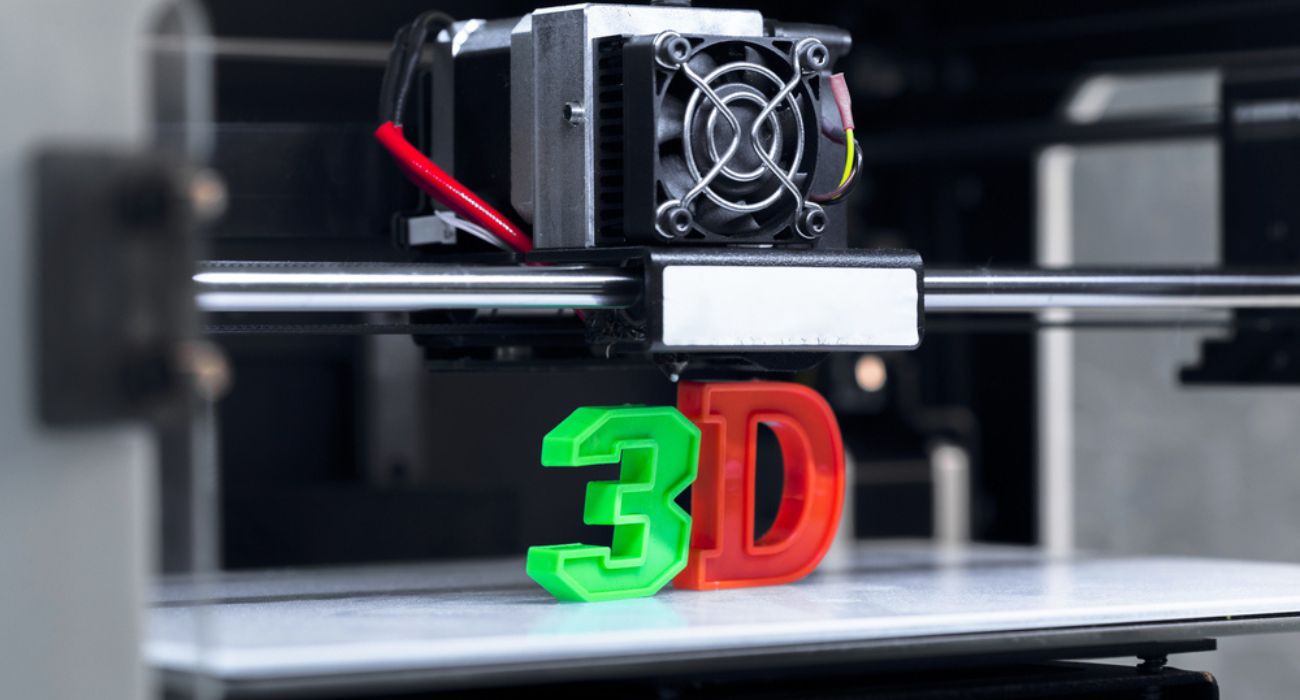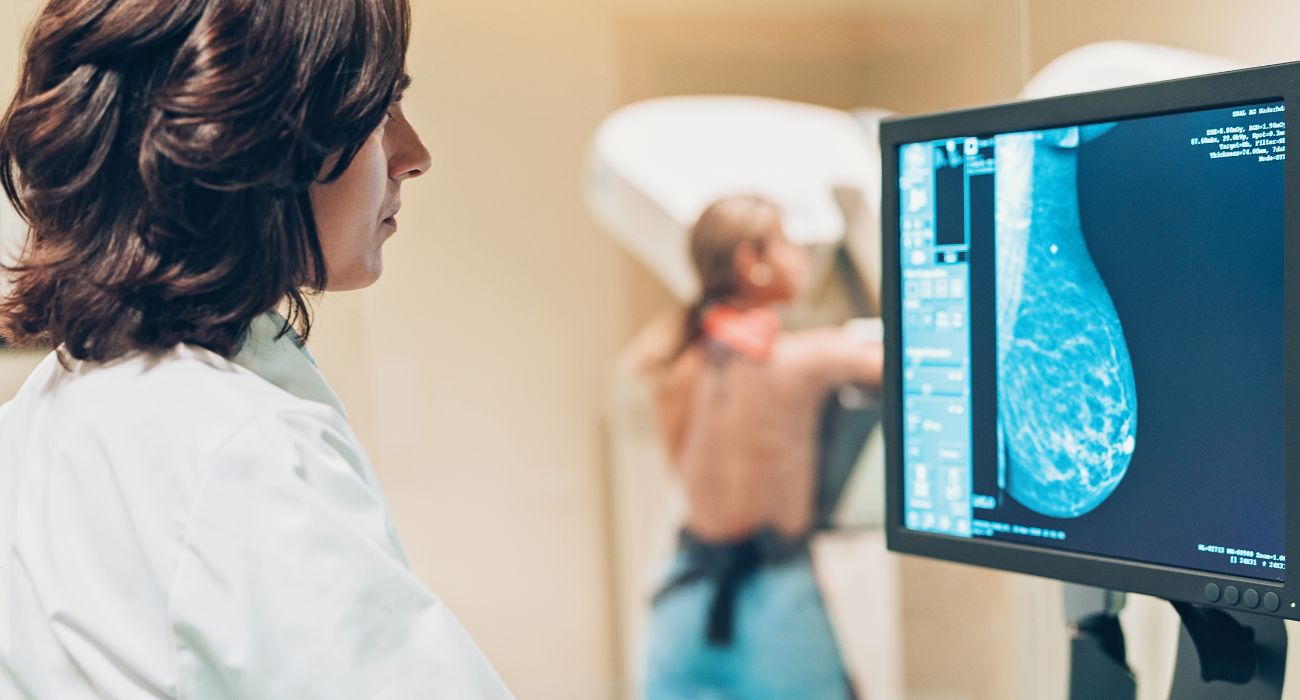Researchers from the University of Oxford have developed a new technique that combines 3D printing with stem cell treatments.
Some scientists believe the new method could eventually be used to repair cerebral tissue, essentially healing brain damage. Researchers published their findings in the journal Nature Communications on October 4.
The scientists created double-layered brain tissue by printing “human induced pluripotent stem cells (hiPSCs)” in a technique known as “droplet printing.” The printed structures were allegedly able to maintain their integrity for weeks.
Such 3D-printed matter was then implanted in the brains of mice. Scientists observed that the 3D-printed tissue integrated with the existing tissue and communicated with it, demonstrating signal activity with the surrounding brain tissue and cells.
“The use of living brain slices creates a powerful platform for interrogating the utility of 3D printing in brain repair,” said associate professor Francis Szele, a senior author of the study, according to a press release. “It is a natural bridge between studying 3D printed cortical column development in vitro and their integration into brains in animal models of injury.”
Scientists believe that the technology can be expanded to eventually mimic the structure of the human brain, enabling cells to essentially heal damaged areas and even allow a deeper understanding of cognitive processes.
“Human brain development is a delicate and elaborate process with a complex choreography. It would be naïve to think that we can recreate the entire cellular progression in the laboratory,” said professor Zoltán Molnár, another senior author of the study. “Nonetheless, our 3D printing project demonstrates substantial progress in controlling the fates and arrangements of human iPSCs to form the basic functional units of the cerebral cortex.”
Cerebral injuries remain a prevalent issue across the nation. The Brain Injury Association of America noted that 1 in 60 Americans, or about 2.8 million people, sustain some form of traumatic brain injury. The organization reported that over 5.3 million Americans are afflicted with some form of disability due to a permanent brain injury.
“The work will provide a unique opportunity to explore the workings of the human cortex and, in the long term, it will offer hope to individuals who sustain brain injuries,” said Dr. Yongcheng Jin, lead author of the study.






